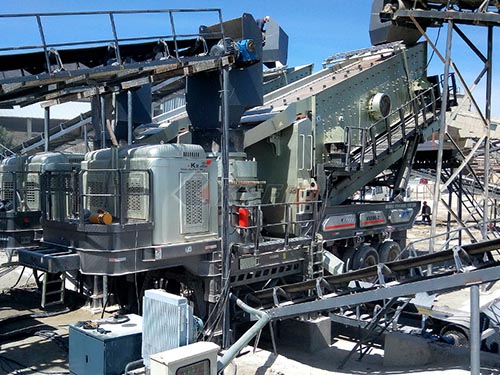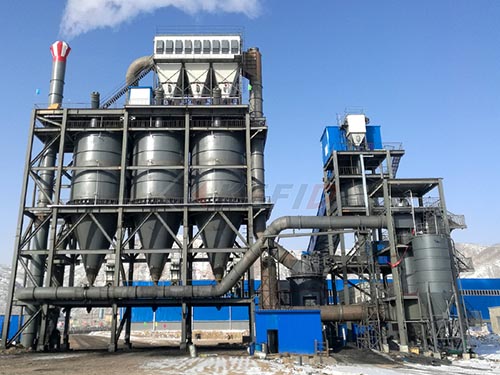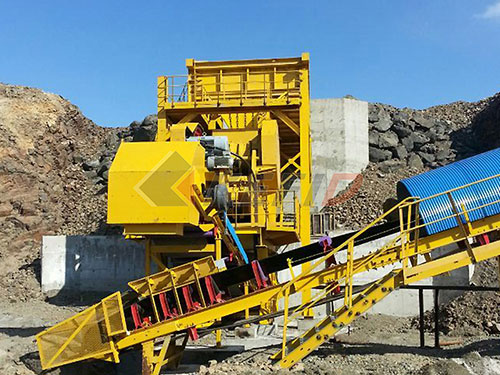Mastering Your Project Base: The Essential Crusher Run Calculator
Planning a driveway, walkway, patio base, or drainage project? Getting the foundation right is paramount for longevity and performance. Crusher run – that versatile blend of crushed stone and stone dust – is often the go-to material for creating a stable, compactable sub-base. But determining precisely how much you need can be a frustrating exercise in estimation that risks costly errors. This is where the Crusher Run Calculator becomes an indispensable tool for DIYers and professionals alike.
Why Calculating Crusher Run Matters
Ordering too little crusher run means project delays, extra delivery fees for a small top-up load, and potential compromises in your base layer’s integrity if you try to stretch it thin. Ordering too much leads to wasted money spent on unused material that’s difficult to store or dispose of properly.
Traditional manual calculations involve:
1. Measuring the area’s length and width.
2. Determining the required depth (compacted).
3. Converting cubic feet/yards/meters into tons.
4. Factoring in compaction rates.
This process is prone to measurement mistakes and confusion over unit conversions and density factors specific to crusher run.

How a Crusher Run Calculator Solves the Problem
A dedicated crusher run calculator streamlines this process significantly:

1. Input Dimensions: Simply enter the Length, Width, and desired Depth of your project area into the calculator fields.
2. Unit Selection: Choose consistent units (e.g., feet & inches or meters; depth often in inches/cm).
3. Material Density: Quality calculators incorporate a standard average density for crusher run (typically around 1.25 – 1.35 tons per cubic yard or ~2,700 lbs per cubic yard). Some advanced versions might allow slight adjustments based on local knowledge.
4. Compaction Factor: Crucial! Crusher run compacts significantly when properly tamped or rolled down (often by ~20-30%). Good calculators automatically factor this in based on standard compaction rates.
5. Buffer/Safety Margin: Many calculators offer an option to add a small percentage buffer (e.g., 5-10%) to account for minor irregularities in site preparation or spreading efficiency.
The Result: With one click of “Calculate,” you get a highly accurate estimate of the total tons of crusher run required for your project.
Benefits of Using a Calculator:

Leave a Reply